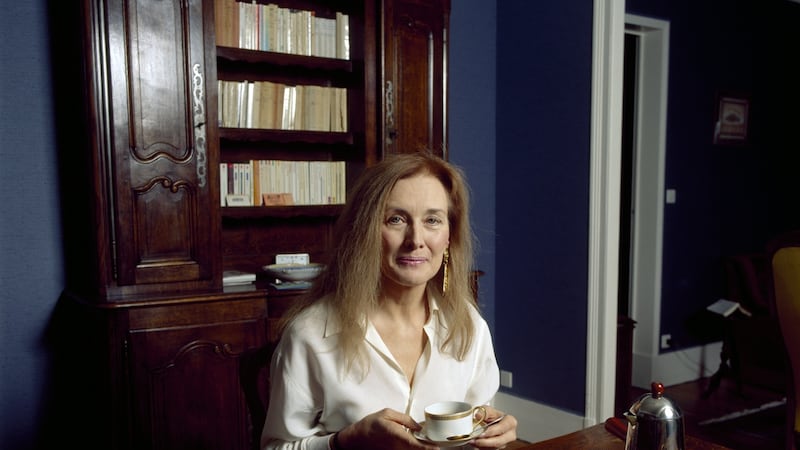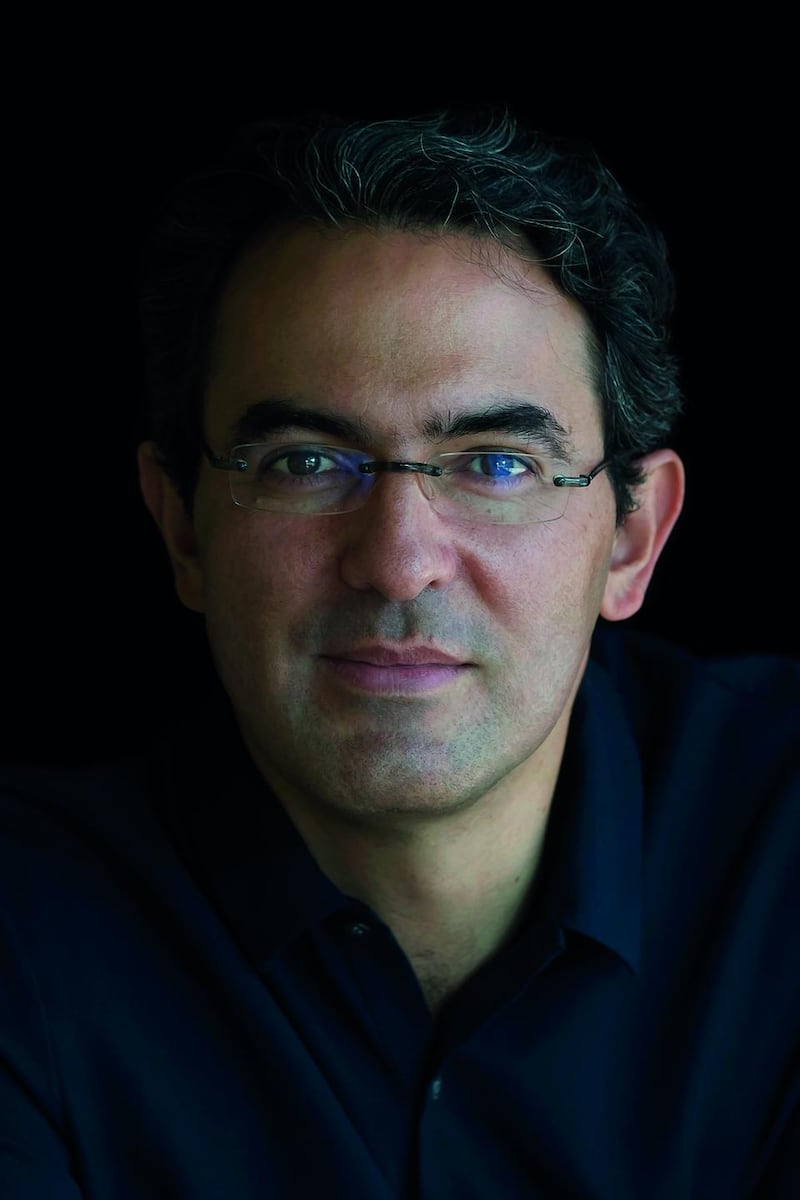Celestial Bodies
Jokha Alharti
Translated by Marilyn Booth
Sandstone Press
243pp, £8.99
How women fare in changed circumstances and what they are and are not allowed to remember is a recurring preoccupation in Celestial Bodies by the Omani novelist, Jokha Alharthi.
Oman, a state in the Persian Gulf, bounded by Saudi Arabia, Iran and Yemen, with a population broadly similar to that of Ireland, has experienced rapid urbanisation and social change largely as a result of the oil bounty for this desert state.
Alharthi tracks the fortunes of a merchant family with a troubled past in the slave trade and concentrates in particular on the lives and destinies of sisters, Mayya, Asma and Khowla. Ranging across three generations with a crowd of voices tracking Oman’s shift from a typical desert dynasty of the village al-Awafi to the urban oasis of the city Muscat, the novel is a beautifully achieved account of lives pulling at the edges of change.
The writing is teasingly elliptical throughout and there is a kind of poetic understatement that draws the reader into the domestic settings and public tribulations of the three sisters. They possess agency and character and in their different ways deal with the logjam of tradition and the uncertain freedoms of expanding worlds. The matrilineal trail that runs from Salima to her daughter Mayya to her grand daughter London is another line of inquiry that puzzles through the lives of women in radically shifting circumstances.
The novel is also told in part through the voice of Abdallah, the husband of Mayya, whose tale of abuse at the hands of his father Sulayman, also picks up on the unspoken atrocities of slavery in the region. Celestial Bodies deftly undermines recurrent stereotypes about Arab language and cultures but most importantly brings a distinctive and important new voice to world literature.
The Years
Annie Ernaux
Translated by Alison L. Strayer
Fitzcarraldo editions
232pp, £12.99
What can be rescued from the years that have passed? How do we make sense of lives we have not lived or, even more troublingly, that we have lived? All three books under review engage with the fraught relationship between memory and writing, between the public chronicle of a nation’s life and the private traumas of its citizens.

Annie Ernaux in The Years, offers an account of French life from the postwar period to the turn of the twenty first century but an account that is mediated through the exact and exacting details of her memories of childhood, adolescence and adult life. Ernaux who since the publication of La Place in 1983 has been hailed as the most gifted exponent of French autofiction achieves a remarkable synthesis between intimate, personal detail and the large-scale historical changes of her country’s social, political and cultural life. Like another chronicler of the French everyday, Georges Perec, Ernaux scrupulously records the song titles, the names of television programmes, advertising jingles, forgotten food products, the seemingly inconsequential anchoring a real history of dramatic change. The story she tells is both highly specific – that of a French woman born at a particular time in a particular place – and tellingly general – that of any woman born with the wrong postal address who has to negotiate a way through minefields of discrimination and contempt. The genre of autofiction has often been decried as a form of imaginative failure, as the substitution of the artist’s vision by the narcissist’s monologue. The Years is a compellingly eloquent repudiation of this thesis, the story of one woman’s life, in its deliberate ordinariness, constituting the real drama of her nation’s endless self-reckoning.
The Shape of the Ruins
Juan Gabriel Vásquez
Translated by Anne McLean
MacLehose Press
505pp, £16.99

The voice of Juan Gabriel Vásquez, author of The Informers (2004) and The Sound of Things Falling (2011) is more familiar but no less important.
In The Shape of the Ruins he practises his own form of autofiction, mixing up his own biography with two dramatic episodes in Colombian history, the assassinations of the leader of the Liberal Party, general Rafael Uribe Uribe in October 1914 and of the liberal presidential hopeful Jorge Eliécer Gaitán on the April 9th, 1948.
In both cases, conspiracy theories abound as to the exact nature of those responsible for the killings. Carlos Carballo and Doctor Francisco Benavides are Vásquez’s Virgils as he is led through the inferno of conspiracy theory, taking in Robert and John Kennedy on the way, but to what extent they too are part of an unspoken conspiracy is never wholly clear to the perplexed narrator. Arriving at the endlessly elusive truth about these political murders is less about definitive conclusions and more about attempting to understand the origins of the violence that has convulsed Colombian society in the twentieth century.
Some readers may feel excessively burdened by the detail of Colombian history but Vásquez is typically adept in using his narrative inventiveness to sustain interest in the assassinations themselves and the wider contexts. One of those contexts is the nature of truth in the age of fake news, that version of conspiracy theory writ large.
If the difference between theory and paranoia – two internally consistent readings of the world – is evidence, what happens when the evidence itself is contested and everything that is solid melts into contested air?
Vásquez, Ernaux and Alharti, all share a very contemporary concern with the struggle for sense in worlds, both real and virtual, where the war against meaning proceeds unabated. In this struggle in English they are gifted with the assistance of their translators; Anne McLean, Alison Strayer and Marilyn Booth. The examined life, these three very different books tell us, is still worth living.
Michael Cronin is 1776 professor of French and the director of the Trinity Centre for Literary and Cultural Translation.












